Why Do You Have to Separate Your Recycling? Importance Explained
-

- Last updated:
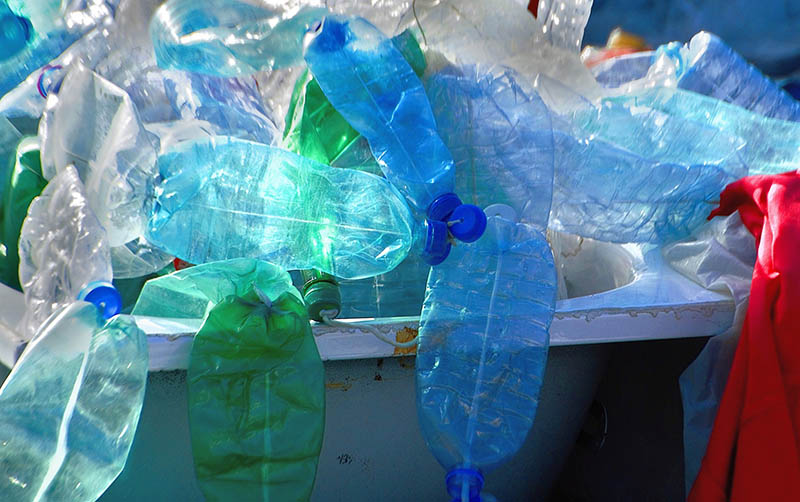
If you’re an eco-friendly person, you’ve probably been recycling your waste for years. However, while the population in the US knows very well what recycling is all about, separate recycling is still a somewhat foreign concept. Most people don’t want to get into the ins and outs of what goes where and do a poor job of putting the waste in different bins.
With that said, it’s very important to switch from single-stream recycling to source-separated recycling. This transition to source-separated recycling will create new jobs, free up landfills, reduce the risk of contamination, and make recycling cheaper for the government. Join us, and let’s talk about the concept behind separate recycling, the benefits that it brings, and how to do it properly.
What Is Recycling? How Does It Work?
On a large scale, this is a relatively new concept, yet it’s already proven to be beneficial for the economy and the planet. In simple words, recycling is the process of collecting and converting waste into new products. Instead of throwing it all away in a dumpster or burning it (and harming the environment), recycling gives waste a second life. Consumers/businesses generate waste that the government or private companies collect.
Next, at a processing facility, these materials are sorted and sent to a factory (for milling/manufacturing) or a plant. In the final stage, the waste is converted into new items/products. Low pollution levels are one of the biggest benefits of recycling. It also allows for preserving natural resources like timber, coal, and water. Finally, manufacturers get support and hire employees to work in the industry.
Here’s a quick summary of the pros of recycling:
- Less waste burned in landfills
- Lower pollution/contamination levels
- More natural resources conserved
- A driver for the economy
- A big boost for local manufacturing
- More jobs in the recycling industry
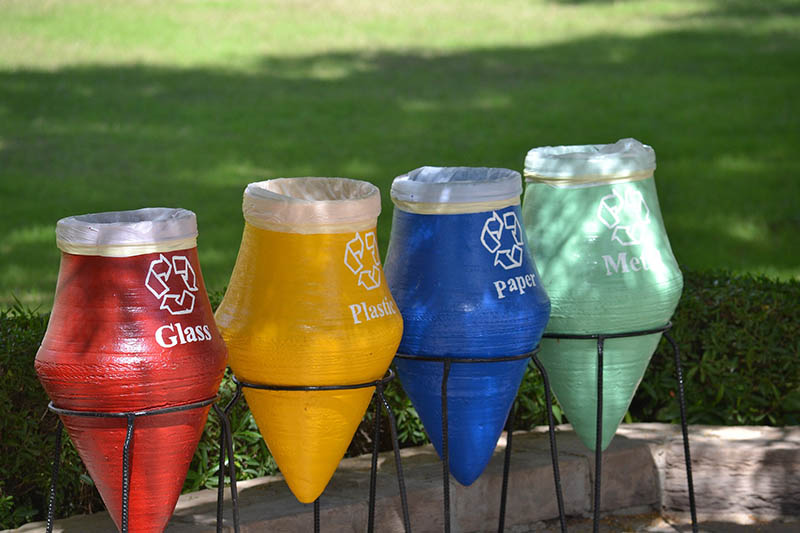
Separate vs Single-Stream Recycling: What’s the Difference?
Single-stream recycling refers to the practice of putting all the waste in the trash bit indiscriminately. In contrast, source-separated recycling is when you sort the waste and place it into different bins. Does this mean that separate recycling is the better option? The short answer is yes, it is, but it’s also more time-consuming, and most people don’t have the energy or desire to sort through trash.
On top of convenience, the biggest pro of single-stream recycling is a lower cost for the collectors. They don’t have to invest in trucks with multiple compartments. This means faster operation, which, in turn, equals cleaner waste containers. Processing costs are much higher, though, not to mention the risk of cross-contamination is very high. So, what about separate recycling? Why is it better? Let’s talk about that next.
Top 6 Reasons Why Separate Recycling is Important
1. Less Contamination

The number one problem with single-stream recycling is contamination. We’re not talking about health hazards here, but rather the effects that different recyclables have on each other. Now, glass and paper are among the most popular materials for recycling. Sadly, they don’t get along with each other. A glass bottle, jar, window, or mirror with a crack will, most likely, contaminate paper.
This is especially true if the glass is shattered. As a result, that pile of paper will go to the landfill instead of being converted into something useful. On the bright side, if you take a moment and separate the recycling, that will dramatically lower the chance of contamination and bring true value to your efforts.
2. Reduced Downcycling
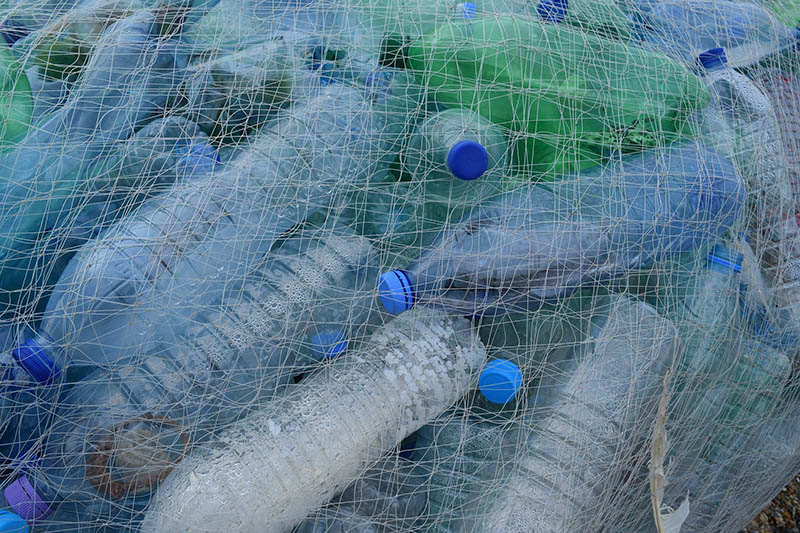
Recycling is a rather complex procedure and there are “levels” to it. The term upcycling is used to describe the practice of recycling waste into something of equal or even greater value. And when the materials are converted into something of lower value, we call that downcycling. Furniture built from reclaimed wood, scraps of cloth turned into bags or plastic transformed into shoes are great examples of upcycling.
Aluminum, glass, and paper products are resilient and stay usable after countless recycling rounds. The same can’t be said about plastic, though. It’s quick to degrade when broken down and reused. That means the new items made from it will be of lower quality, i.e. downcycled (although plastic can be turned into polyester or fleece). Separate recycling maintains the integrity of waste products and minimizes downcycling.
3. A Chance to Make a Difference
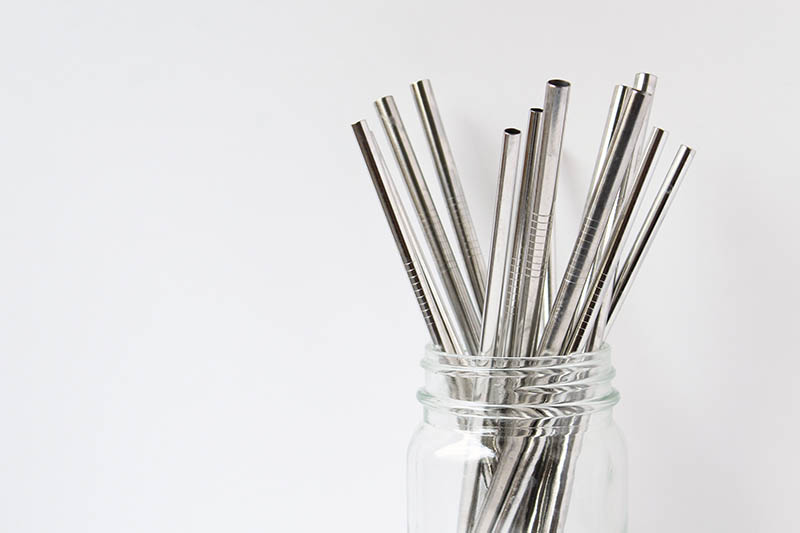
Single-use items have taken over the world. We’re talking about single-use coffee cups, water bottles, gloves, and bags, to name a few. These disposable products are sometimes recycled, but mostly go to waste. To avoid that, we recommend switching to reusable items. If you work at a busy office and see the trash bin getting overcrowded with single-use bags and cups every day, consider opting for reusables.
Or, at the very least, ask your colleagues to put all the disposable waste in a dedicated bin. This way, you’ll be able to implement source-separated recycling into your workplace and make a contribution to conscious recycling. Otherwise, that paper/cardboard will get mixed with glass and become unusable for recycling factories.
4. A Mighty Boost for the Economy

The longer different products and materials are used, the better—that’s the motto of a circular economy. This is a sophisticated, but highly profitable model of production, consumption, recycling, and reusing. When done right, the cycle can go on for a very long time, benefiting the economy and reducing waste. More than that, it can help fight the ongoing climate crisis and protect the environment.
We’re not nearly there, though. To fully embrace a circular economy, most industrial processes in the country and across the globe have to be changed to meet these new requirements. And it won’t be possible without separate recycling. By reducing the risk of contamination and giving upcycling a chance, it’s possible to make a circular economy a reality.
5. New Job Opportunities

It doesn’t take much effort to burn waste in landfills. However, the more separate recycling we do, the more job opportunities we create. The market needs specialists that can transform paper, cardboard, glass, steel, wood, and other materials into new items. And the more profitable the recycling industry becomes, the higher the pay will be.
According to a recent report by EPA, recycling is a big part of the economy. In the States, it employs 757,000 workers, generates ~$37 billion in wages, and accounts for $6.7 billion in taxes. Today, 1,000 tons of recycled materials generate $76,000 in wages and $14,000 in taxes. These numbers are quite impressive, and they’re only about to get bigger. The potential here is truly enormous.
6. Less Waste in Landfills
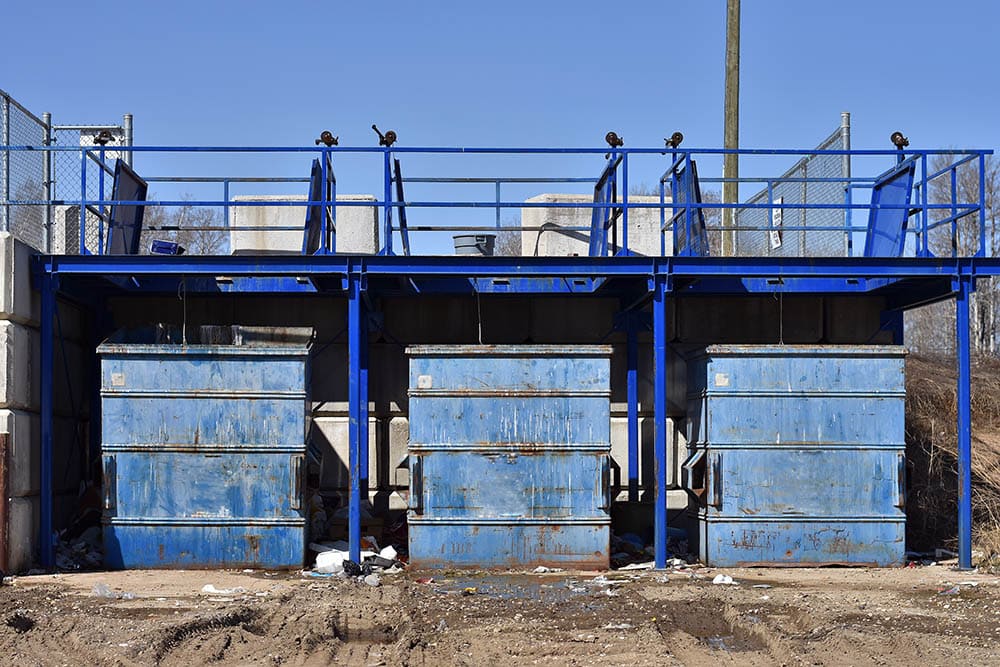
This is a direct result of separate recycling and circular economy. If the discharged materials are reused in a cycle, there’s little need in landfills. Now, despite recent efforts by the administration, waste incineration is still a big problem. When plastic, solid waste or any other products are burned in landfills, dangerous chemicals are released into the atmosphere.
Air pollution is a serious issue as it can lead to various respiratory and heart diseases. In fact, landfills around the world are the third-largest producers of methane. This is why they are often blamed for climate change. The good news is—all of that can be avoided if we switch to separate recycling.
How Much Of The Waste Is Being Recycled?
Batteries are the most recycled items in the States. Back in 2018, 99% of the used batteries were recycled (2.9 million units). Paper, in turn, is the most common type of trash. It accounts for almost 25% of solid waste. And in 2018, US citizens recycled 68% of the paper products they used. Sadly, the statistics for plastic aren’t nearly as uplifting.
That same year, Americans generated 35 million tons of plastic, and less than 10% of it was recycled. The situation with glass was much better: 12 million tons of waste, 30%+ recycled. Roughly the same recycling rate was registered for aluminum (35%) and electronics (38%). Finally, by EPA estimates, we generated 63+ million tons of food waste in 2018, yet only 4.1% was composted.
Which Items Can Be Recycled?
This is a very common question among people that want to recycle their waste: which products can and can’t be recycled? Here’s a quick look at the items that are categorized as recyclable. You can put them all in the recycling bin without having any second thoughts. Just make sure everything’s clean and dry:
- Plastic (bottles, jars, containers)
- Soda and other cans (crafted from steel, tin, and aluminum)
- Paper products (newspapers, magazines, phonebooks)
- Food/beverage containers (for milk and juice, for example)
- Cardboard and paperboard boxes (for pizza and other stuff)
- Glass bottles/jars (don’t mix them with paper)
And here’s a list of the items that should never end up in the recycling bin:
- Plastic bags, wraps, and film (consider reusing)
- Bagged recyclables (empty the bags first)
- Chip bags (not suitable for recycling)
- Plastic coating and polystyrene foam
- Wire, rope, hoses, chains, and lights
- Medical waste and diapers
- Car waste (filters, cylinders, and tires)
- Textiles and clothing products
- Anything soiled with food

What Can You Make From Recycled Waste?
Some of the most popular items manufactured from recycled materials include car bumpers, glass bottles/containers, and aluminum cans. The list also includes bottles for cleaners, detergents, oils, paper towels, bags, and carpeting. There’s a very good chance that you’re reading a newspaper made from reused paper or drinking soda from a can that came straight from a recycling facility!
Separating Trash from Recyclables
The best way to separate waste from recyclable materials is to have individual bins for each. It doesn’t take much effort to implement source-separated recycling into your routine. Just remember what products go where and see that the bins don’t get over-cluttered. Next, learn about the rules on recycling in your city/state. In some of the more eco-advanced areas, there will be recycling pickups (similar to garbage pickups).
In other cases, it’s going to be up to you to take the reusable materials to the nearest facility. Get in contact with local authorities. They’ll tell you about the current laws and regulations and share info on the closest processing and manufacturing facilities, along with available landfills in the vicinity.
Conclusion
Separating recycling is a tedious yet necessary job. Thankfully, it’s not even that hard. Essentially, all you have to do is learn about the various waste categories and use different trash bins for each. If you place all the waste in the same bin, that will put a strain on the industry. Contamination will be another issue, along with the increased costs of recycling.
Today, we checked out the biggest advantages of source-separated recycling: job opportunities, a safer, cleaner planet, and reduced downcycling. We also talked about the waste that can be recycled and how to separate it the right way. So, put some effort into proper recycling, and secure a waste-free future!
- 2020 Recycling Economic Information (REI) Report | EPA
- 8 Single-Use Items to Ditch From Your Life | 1 Million Women
- Burned: Why Waste Incineration Is Harmful
- BuschSystems.com – What is Downcycling
- Container-Recycling.Org – What is single-stream recycling?
- EDF.Org – EPA Unveils Plan to Reduce Dangerous Pollution
- EPA.Gov – Recycling Basics
- EPA.Gov – The U.S. Recycling System
- EPA Unveils Plan to Reduce Dangerous Pollution from Landfills | Environmental Defense Fund
- Federal Plan Requirements for Municipal Solid Waste Landfills
- How Do I Recycle?: Common Recyclables | US EPA
- https://blogs.edf.org/climate411
- Learning To Separate Trash From Recycling Items | Sunrise Sanitation Services
- Nrdc.Org – Burned: Why Waste Incineration Is Harmful
- RecycleNation – Single Stream vs. Source Separation Recycling
- Recycling and Composting Guidelines | Sustainable Stanford
- Recycling Economic Information Report
- Single Stream Recycling
- Single Stream Versus Source Separation Recycling – RecycleNation
- Stanford.Edu – Benefits of Recycling
- The U.S. Recycling System | US EPA
- What is a Circular Economy? | US EPA
- What is Downcycling? | Glossary | Resource Center
- What Is Recycling & What to Recycle | WM
- What Is Upcycling — and How Does It Benefit the Planet?
- WM.Com – Recycling 101
Featured Image Credit: VIVIANE626, Pixabay
Contents


